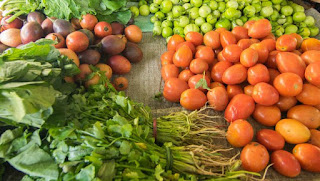Grow and Nurture Crops Efficiently with Organic Fertilization for Crops

Gone are the days when soil used to be healthy and safe from the toxins. The use of chemicals increases the production of crops but badly affected soil fertility. It was not noticeable in the beginning, but the reduction in quality and nutrient-rich crop production made it essential to incorporate organic fertilization forcrops (Fertilización organica para los cultivos) . Unlike pesticides, organic fertilizers work naturally and provide plants with the nutrition they need to grow. Organic fertilizers come from plants, animals, and include a wide range of nutrients that improve soil quality and productivity. Like humans, plants also need water and food that they take from the soil to grow. Plants require nitrogen (N), Potassium (P), Carbon (C)Phosphorus, (K) Calcium, Magnesium (Mg), Sulfur (S), and Hydrogen (H). Nitrogen is responsible for making green leaves, Potassium protects plants from diseases, and phosphorus help plants have big flowers and strong roots. If soil is n
